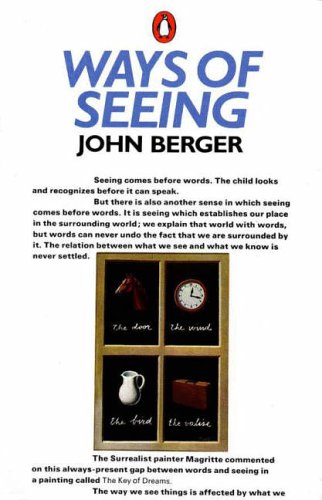Surrealism
was an art movement based in Paris, originating in the 1920’s. Freuds theory of
unconsciousness influenced a lot of surrealists and the techniques to expose
them. These include socially unacceptable thoughts such as sexual desires,
traumatic experiences and painful emotions. Dreams and the change in perception
became main themes.
Brassai’s
photographs display surrealism in many ways, his series “Paris by night” 1933
celebrates the edges of society, juxtaposing the ordinary next to the
extraordinary which a main theme recurring throughout many photographers work
from the same time. On the other hand his series/picture “Involuntary
sculpture” 1933 depicts accidental and coincidental discoveries. Although it
might take a while to defer what the object is, this image shows a bus ticket
folded and rolled up at the ends. This leads to many questions that arise from
one photograph. It may depict someone’s boredom waiting either for or on the
bus, unintentionally rolling the ends up. The title suggests that the object
was come across by chance but Brassai made it a sculpture by taking a photo of
it.
Other types
of surrealism included Man Rays tests with film and exposing it to light,
titled “Rayographs”, solarising the images. The print or negative is briefly
exposed to the light during the development which creates the reversal of
tones, especially at the edges.
In
conclusion the key features of surrealism are themes such as the female body,
representing sex, body vs mind and the unconscious. The visual language
includes photomontages, juxtapostions, symbolism and solarisation.

_large.jpg)
